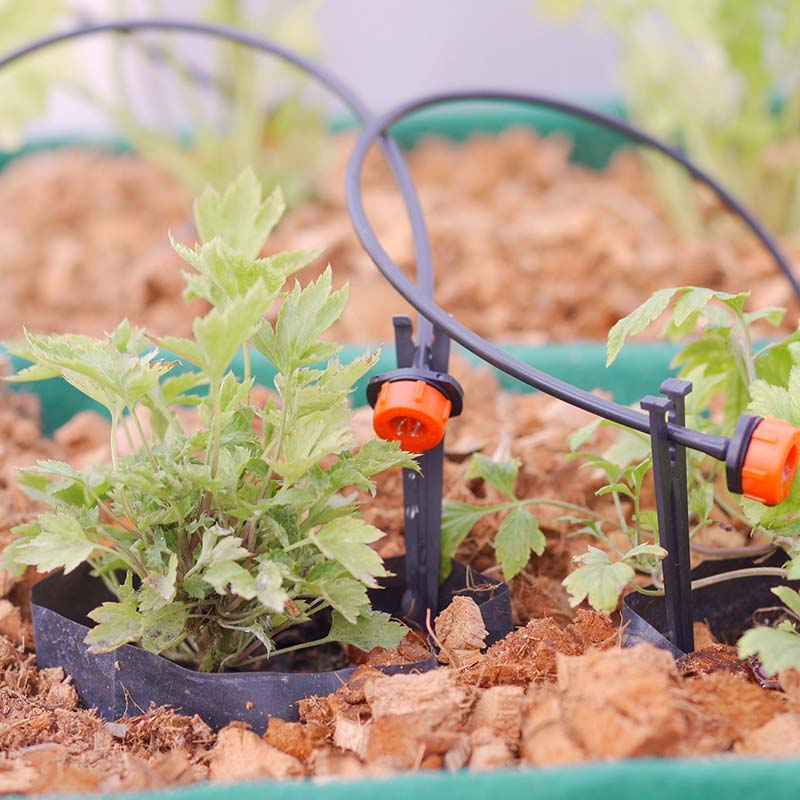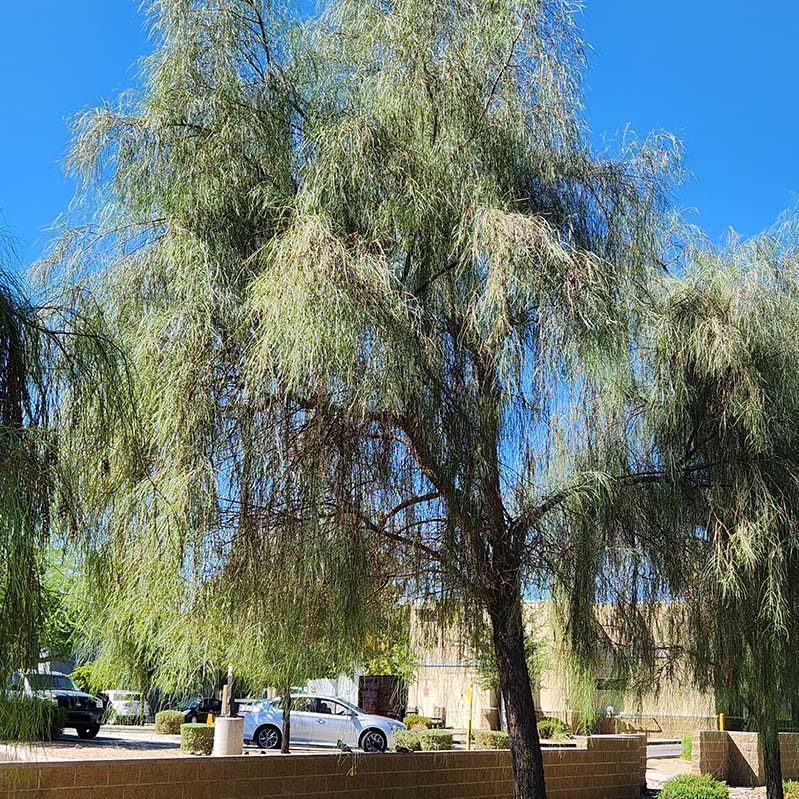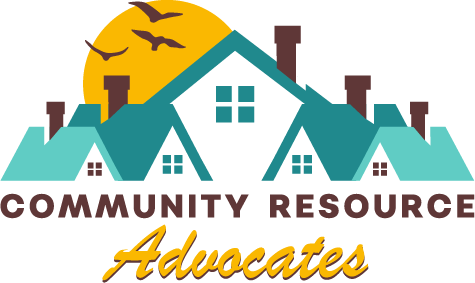Covenants, Conditions, and Restrictions, (CC&Rs)
Covenants, Condition, and Restrictions, (CC&R’s) describe guidelines given to board members that suggest limitations of what your community members are allowed to do within the community boundaries. However, these rules do not include any knowledge for sustainable maintenance standards or procedures how the board members should manage or conduct themselves in any decision making. Keep in mind, the goal of the CC&R’s is to protect, preserve, and enhance property values.
‘Sustainability’ is the definition of preserving conserving, and updating your community’s welfare. When the CC&R’s in your community are revised to include sustainable practices, you utilize the opportunity to gain individual ‘community needs and preferences’ while providing transparency in how the community members money is being spent.

CRA’s goal is to supply the resources that are proven methods for conservation and preservation for your communities’ assets. These methods are used by most major corporations but seem to have escaped the HOA industry where these procedures go unnoticed. Once we have included “sustainable practices” into your CC&Rs we may as well change some of the other guideline-based set of rules that may be out dated in your community. By updating your CC&R’s you will gain a community-based set of rules that will also give your board members the necessary tools to help facilitate the community’s needs while keeping the aesthesis up for market value.
To change the C&Rs in HOA require a participation of at least 52% of its community members voting but many require as many as 72% of the members to participate in the vote.
This means sustainability cannot be considered a requirement unless you, the community members, ask for it by majority.
Here are some CC&R examples, (examples from actual HOA CC&Rs)

Parking
‘It is the intent of the Declarant to limit on-street parking as much as possible. Vehicles of all Owners, residents, guests and invitees are to be kept in garages, carports, residential driveways and other designated parking areas.’ (nothing is specified as actual rules because this is very open with the terms “limit on-street” with the next line clearly stating your guests need to be parked in your personal parking space or they can be towed if the board chooses to do so)
A sustainable declaration could state, ‘Vehicle Street parking is limited to daytime hours only and allowed between the hours of 4am to 12 midnight.’ (Protecting your guests, family and contractors’ vehicles.)

Trash Containers and Collection
‘No garbage or trash shall be placed or kept on any lot or parcel, except in covered containers of a type, size and style which are approved inwriting by the Design Review Committee. (most HOAs do not have a design review committee leaving this wide open)
A sustainable declaration could state ‘Individual trash and recycle bins will be supplied by the city, state or community and will be the only acceptable trash and recycle containers allowed to be set out for pick up.’

Overhead Encroachments
‘No tree, shrub, or planting of any kind on any lot or parcel shall be allowed to overhang or otherwise to encroach upon any sidewalk, street, pedestrian way or other area from ground level to a height of wight (8-12) feet without the prior written approval of the Design Review Committee. (again, most HOAs do not have a Design Review Committee and I am sure someone reading this knows the problem with this declaration by default).
A sustainable declaration could state, ‘All shrubbery/groundcover will need to be no closer than one foot near any sidewalk, curb, or street to protect community members from harm by blocking views or impeding the walking areas. All trees will need to have a raised canopy no lower than 10 feet. Any roots impeding curbing, sidewalks and sewage will be the responsibility of the owner to the trees or shrubbery in conjunction with community assistance for costs in repair. ‘
However, amid all possible changes the most fundamental change must be for sustainability. We need to include a program delivering the daily, monthly, yearly tasks that will result in a ten-year program and a budget to reflect it.
If your trees and shrubs look like the unsustainable pictures provided, your community is not preserving your assets. How will you ever know or trust that any of your assets are being preserved without a guide that shows the act of preservation? And the only way anyone can gauge the success of a sustainable program is to have one.
Sustainable practices will consist of ‘preventable policies.’ Community Resource Advocates will educate on preventable actions as well as assisting in creating a sustainable program for your community’s governing laws that protect all members in your HOA.
